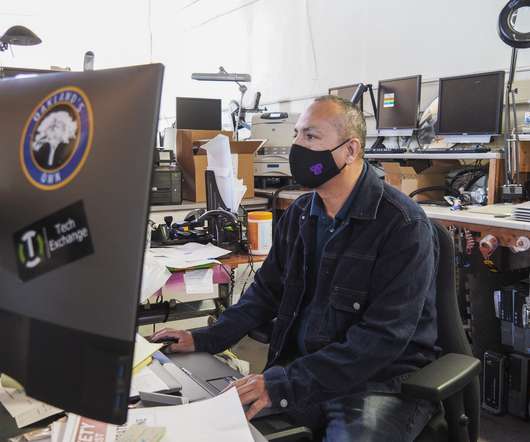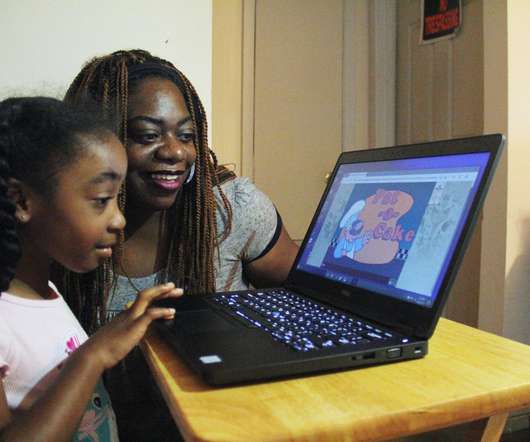3 Levels of Connectivity K–12 Schools Should Consider
EdTech Magazine
NOVEMBER 5, 2018
In 2017, the number of students who used their mobile devices for class (58 percent) was nearly equal to the number of students who received a Chromebook from their schools (56 percent) , according to ISTE. Students are also using their mobile devices to assist with their education now more than ever. by Calvin Hennick.
































Let's personalize your content